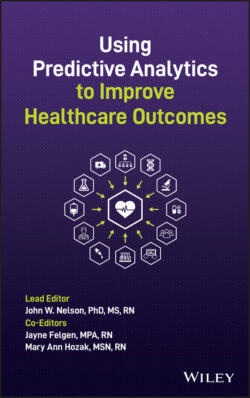Читать книгу Using Predictive Analytics to Improve Healthcare Outcomes - Группа авторов - Страница 69
Identifying a Bully
ОглавлениеIn the United States, the term “bully” refers to an employee who harasses or even abuses other coworkers (Lever, Dyball, Greenberg & Stevelink, 2019). Data derived from the Healthcare Environment Survey (HES), which measures nurse job satisfaction, behaves in a particular way when a bully is present. If satisfaction with coworker relationships is low and variables such as professional growth and satisfaction with patient care are high, it indicates that there is a bully on the unit. It is unknown how many times this pattern has been identified, but it has always proven to foretell the presence of a bully. (The data analyst can look at your data and tell you have a bully on your unit before he even visits.) It is also always the case that when this data is presented to the staff, the staff members all look at one another, knowing who the bully is, but not saying anything. The revelation of such data gives leaders greater urgency to address the issue. Bullies create chaos where they work, which causes relational distress for everyone. It is also the experience of the analyst that bullies typically work in pairs, with one person instigating the bullying behavior and the other coworker facilitating it. While it is often very difficult to move a bully out of an organization entirely, once the presence of a bully is revealed to all, action can usually be taken to start remedying the situation.
